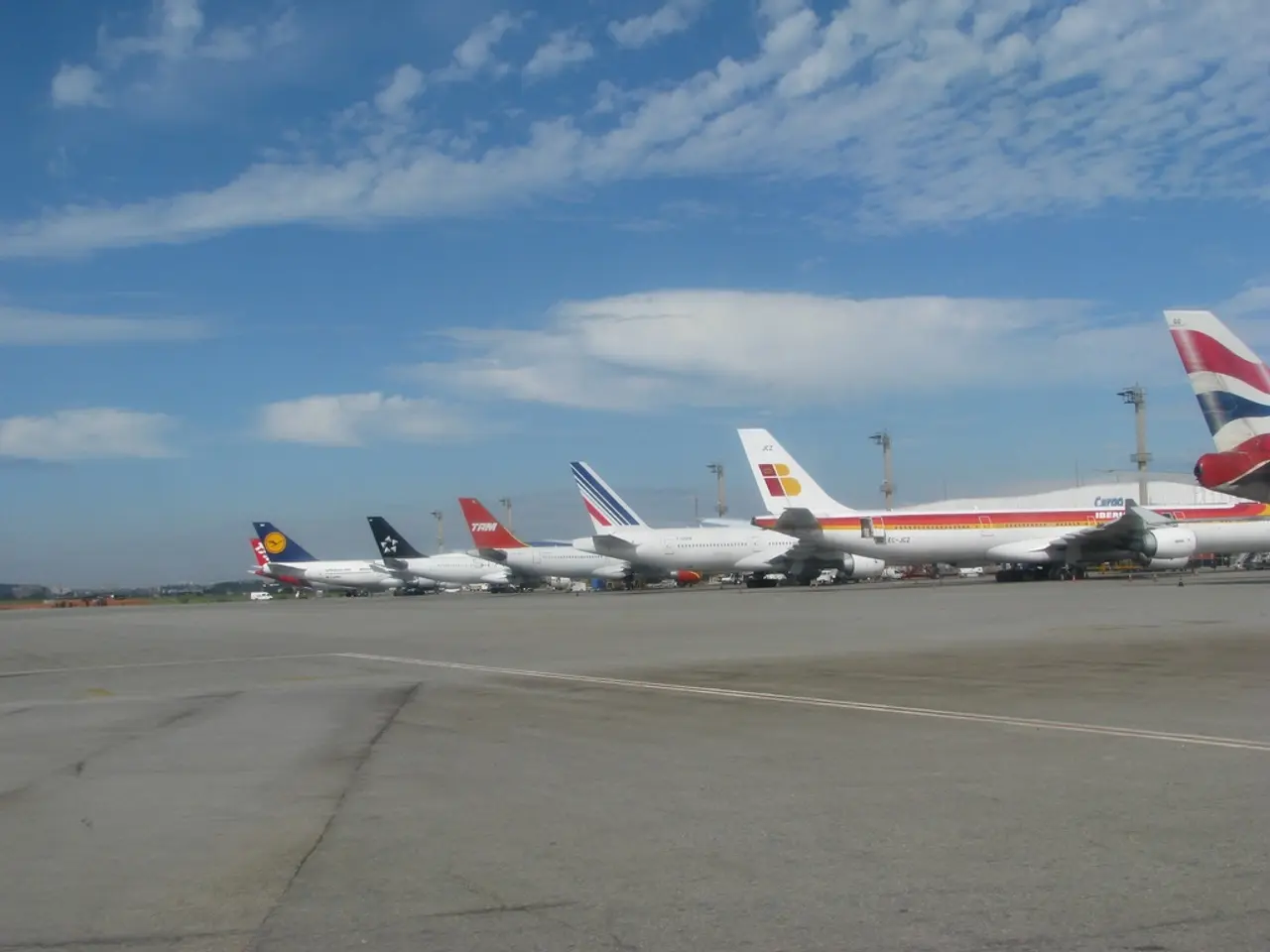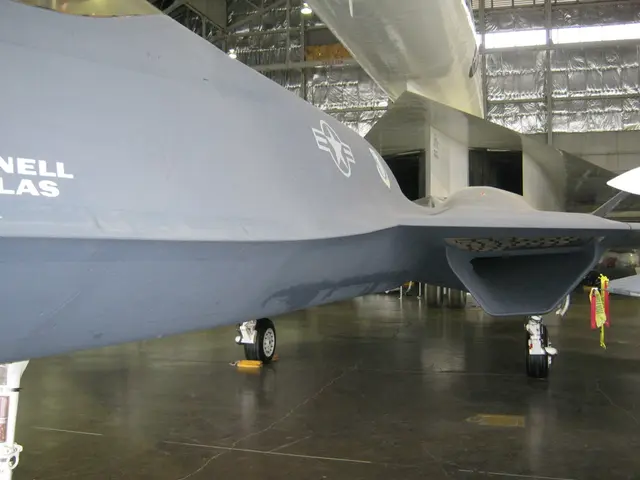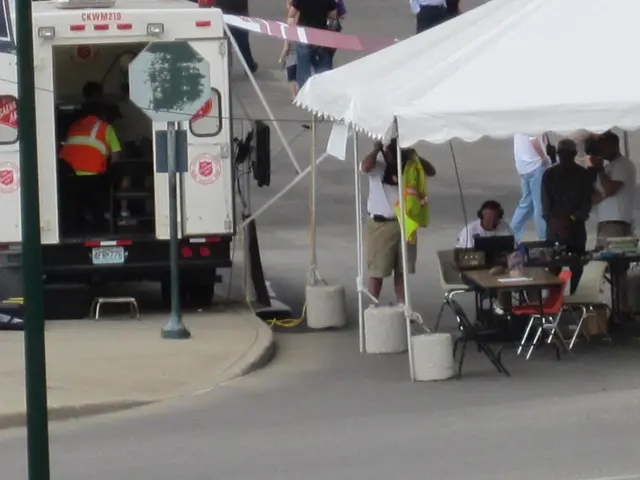Catastrophe at Tenerife Airport – 27th of March, 1977
On March 27, 1977, the Tenerife Airport disaster unfolded, marking the deadliest aviation accident in history with 583 fatalities[1]. The incident took place at Los Rodeos Airport in Tenerife, Canary Islands, Spain, involving two Boeing 747s: KLM Boeing 747-206B (PH-BUF) and Pan Am Boeing 747-121 (N736PA)[1].
### Causes
The disaster was a cumulation of unforeseen circumstances and human errors. Initially, both planes were scheduled to depart from Las Palmas airport on Gran Canaria. However, a terrorist bombing there caused incoming flights to be diverted to the smaller Los Rodeos Airport, which was not equipped to handle the sudden increase in traffic[1].
Los Rodeos Airport had a single runway, no ground radar, and a complex taxiway layout. Visibility deteriorated quickly due to thick fog rolling in, which severely limited the pilots' and controllers' visual awareness of aircraft positions[3]. Miscommunication between the KLM flight 4805, the Pan Am flight 1736, and air traffic control led to the KLM crew mistakenly believing they had clearance to take off while the Pan Am plane was still taxiing on the runway[1][2][3].
### Aftermath and Impact
The collision caused a catastrophic fire, instantly engulfing both aircraft. All 248 people aboard the KLM plane died, and 335 of the Pan Am plane's occupants perished, while 61 survived thanks to escape from a damaged section of the Pan Am fuselage[1].
The investigation highlighted multiple factors, especially communication failures and procedural ambiguities. It was understood that the tragedy resulted not from a single mistake but several simultaneous errors in a high-pressure situation[3].
The disaster led to major changes in aviation safety, including the development of crew resource management (CRM) training to improve communication and teamwork in cockpits[2]. Revision and standardization of air traffic control phraseology to avoid ambiguity, installation and use of ground radar systems at airports to monitor aircraft positions where visibility is limited, stricter regulations and clearer protocols globally to prevent runway incursions, were among the safety protocol revisions[2][3].
This disaster remains a sobering lesson in the essential nature of clear communication, situational awareness, and procedural clarity in aviation safety. It has significantly influenced how modern air traffic control and cockpit operations are conducted to prevent future runway collisions[2][3].
In summary, the Tenerife disaster was caused by a combination of unforeseen airport congestion due to a terrorist attack, poor visibility, miscommunications, and procedural failures. The resulting tragedy drove profound changes in aviation practices that greatly enhanced flight safety worldwide[1][2][3].
- Aviation history bears the scar of the Tenerife Airport disaster, the deadliest in the industry, which claimed 583 lives on March 27, 1977.
- The incident involved two Boeing 747s: KLM Boeing 747-206B (PH-BUF) and Pan Am Boeing 747-121 (N736PA), at Los Rodeos Airport in Tenerife, Canary Islands, Spain.
- The aftermath of the Tenerife disaster showed the importance of clear communication, situational awareness, and procedural clarity, influencing modern air traffic control and cockpit operations.
- The disaster was a cumulation of unforeseen circumstances, human errors, and communication failures due to a terrorist bombing at Las Palmas airport, causing incoming flights to be diverted to the smaller Los Rodeos Airport.
- In the wake of the Tenerife disaster, a series of changes were implemented in aviation safety, such as the development of crew resource management (CRM) training, and revisions in air traffic control phraseology, ground radar systems, and runway incursion regulations.
- The tragedy, while a grim chapter in aviation history, has also highlighted the importance of policy-and-legislation in ensuring flight safety and preventing future accidents like car-accidents or fires in both the aerospace and automotive industries.
- The Tenerife disaster serves as a reminder in the broader context of politics, crime-and-justice, general-news, and war-and-conflicts, emphasizing the need for meticulous procedures and communication, and the crucial role of finance in implementing and enforcing safety measures in any industry.








